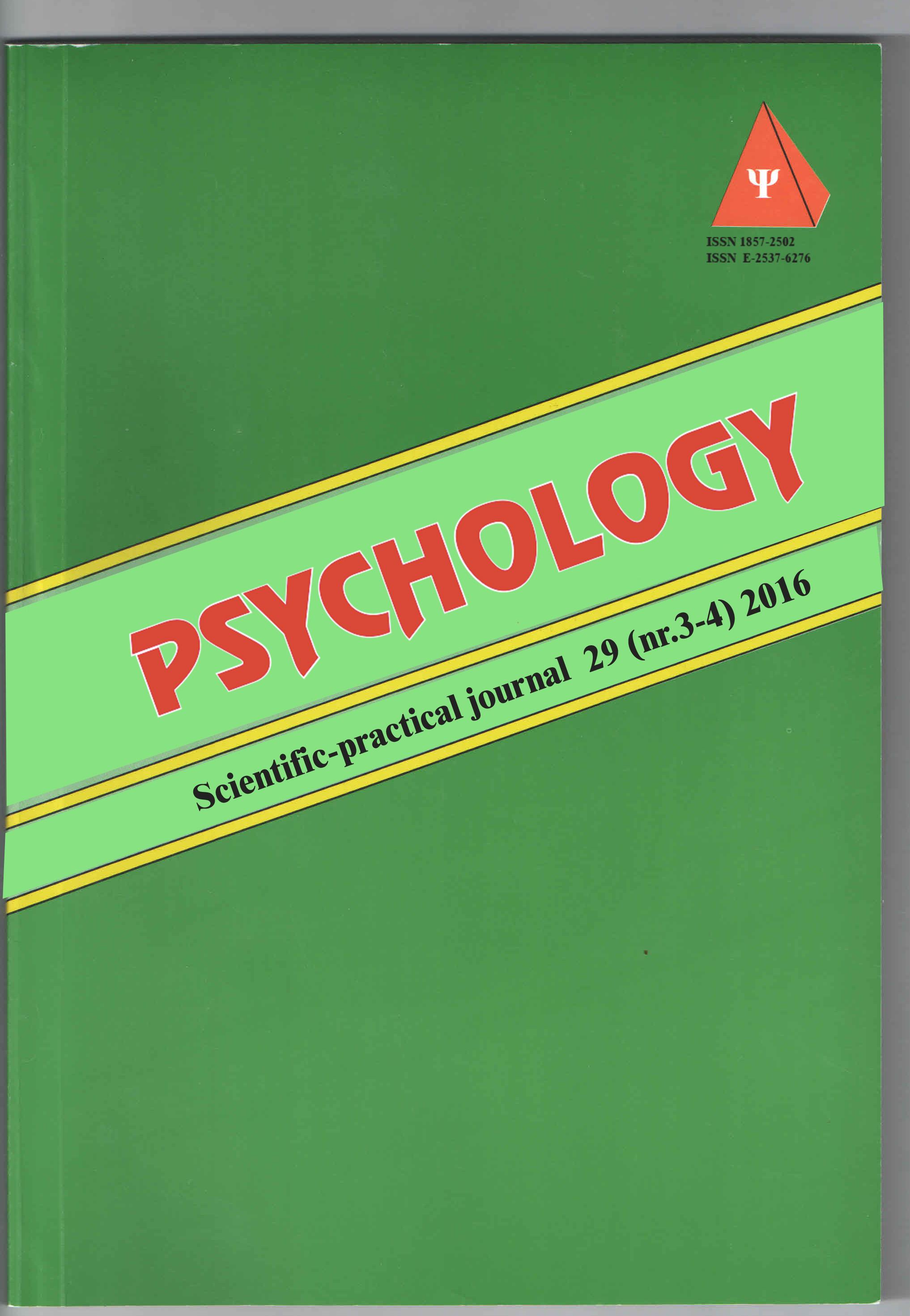CUM DETECTĂM „ZONELE MUTE” ALE REPREZENTĂRII SOCIALE? METODA SUBSTITUŢIEI
HOW TO DETECT „MUTE AREAS” OF SOCIAL REPRESENTATION? SUBSTITUTION METHOD
Author(s): Mihai ŞleahtiţchiSubject(s): Psychology
Published by: Asociaţia Psihologilor practicieni din Moldova
Keywords: “silent areas” social representation; the central system; the method of substitution; the immediate context
Summary/Abstract: In an attempt to highlight the defi ning characteristic of the methods through which the “silent zones” of the social representations can be identifi ed, experts insist on indicating by all means their ability to signifi cantly reduce the burden of responsibilities required by the written and unwritten rules of the group. The effectiveness of the use of such tools is organically linked to the possibility of devitalization, throughout the experimental approach, what is called, a “binding rule set by law or usage”. Or, according to them, another way to get to the “counter- regulatory elements that form the substance of the most hidden portion of the social representation” has never existed and won’t ever exist.In relation to the reasoning that shows the benefi cial effect of the suppression of the normative pressures, comments aiming at the substitution method appear on a regular basis in the specialty sources. Usually, it is seen as “the most widespread tool for revealing the silent zones of the spectrum of the representations focused on the ‘sensitive’ social objects”. Being used over time in several experimental studies, the substitution method has fully proved its effectiveness. Although limited under certain aspects, this method reveals a highly signifi cant relation “certain elements of the central system are more or less sensitive, depending on the context of collecting the s without calling into question the independence of the central system towards the immediate context”.
Journal: Psihologie, Revistă ştiinţifico-practică
- Issue Year: 24/2014
- Issue No: 1-2
- Page Range: 28-34
- Page Count: 7
- Language: Romanian

